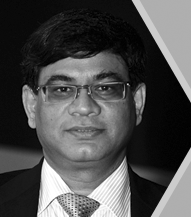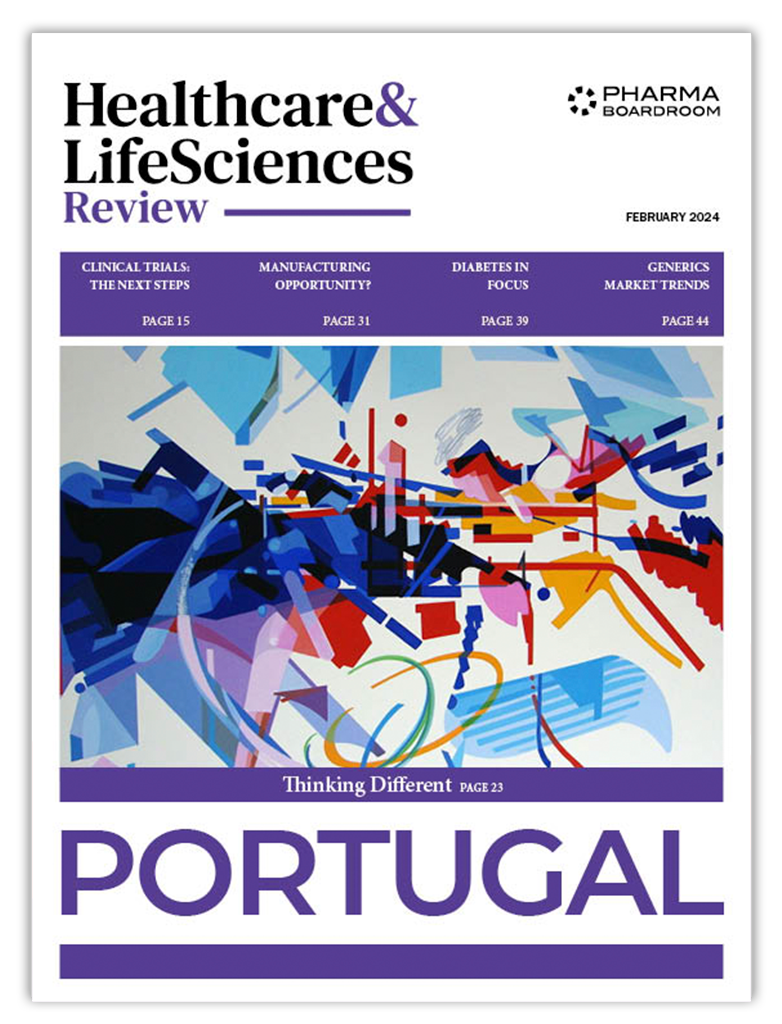Before moving into the company’s strategy, can you give our readers an idea of what role Boehringer Ingelheim India plays within the Group’s worldwide operations?
Within the Boehringer Ingelheim Group, there are the mature and emerging markets for the prescription medicines. Within this structure, India falls into the emerging markets category. Within this emerging markets category, India is one of the 6 major countries including China and Russia. This structure, in itself, is a clear message of the company’s commitment to how important India is for Boehringer Ingelheim’s future.
It is a fact that the company has not been present in India as long as other MNCs, such as GSK or Pfizer. In fact, we are one of the newest entrants. This, in turn, makes the amount of commitment even more important, so that we can build the organization to meet the challenges that we will face.
Do you feel Boehringer Ingelheim entered this market too late?
I do not think we are late at all, which I see from a couple of different perspectives. At first, the opportunities for us, as a company with a very robust pipeline, are in the area of new molecules. India has only just started to enter the era of patent protection. Had we come in much earlier, the focus would typically have been on branded generics. In my view, had that happened, we would have had an infrastructure and capabilities that would have fallen short. By entering later, we have had the opportunity to build an entirely new organization which is focused on managing our new product pipeline.
Financially speaking, the Group’s growth has been stable in 2010 and a new growth period seen in 2011 . Can you elaborate on the company’s recent performance here, and give us your outlook for 2011?
As Boehringer Ingelheim is new to India, the company obviously starts off with a smaller base. A good benchmark is therefore our percentage growth, which has amounted to roughly 40 percent in the last couple of years. The plan is to grow even more rapidly as we grow our new products.
To what extent have you been able to capitalize on some of the Group’s global core brands, such as SPIRIVA, FLOMAX, MICARDIS and MIRAPEX?
FLOMAX and SPIRIVA are products that we have not launched in India. For SPIRIVA for example, the fundamental reasons relate to the number of generics already present in the respiratory area. Gaining presence in India requires a very niche strategy. We have new patented molecules coming out, which is where we are focusing our energies on today.
MICARDIS is an important product in India and falls under a fast growth strategy for Boehringer Ingelheim here. We see this as a very complimentary flagship brand for the launch of our new products.
What are going to be the main growth drivers in terms of therapeutic areas here?
The new products we will have are in the areas of cardiovascular, diabetes and oncology. I consider all three segments of extreme importance from the perspective of the country itself. Estimates say that between 20 to 25 percent of diabetics in the world is in India, with a similar amount for China. Our product range is thus tailored to the growing needs of India.
India is of course also considered as a manufacturing hub. Boehringer Ingelheim has kept most of its manufacturing in Germany and the USA. Do you think this may change in the future?
Boehringer Ingelheim indeed does not have manufacturing facilities or a manufacturing alliance in India, but as we move forward this will obviously become a potential topic of discussion. Quite clearly, this is not an immediate priority for the patented products. The immediate priority for us in India today, is to activate the patents, launch the products and build our market case.
At the same time, India is stepping up its game in R&D and innovation. What potential do you see for the India operations to contribute to Boehringer Ingelheim’s drive towards “Value through Innovation”?
The first step in innovation has been that Boehringer Ingelheim has increased its presence in clinical operations in India. A lot of these trials are also very relevant for India, and are in the fields of oncology and diabetes. From that perspective, the global innovation team has recognized that India is a critical part for getting product approvals on the clinical operations side.
The potential to invest in earlier stages of drug discovery in India is still under discussion. In this regards, a lot will depend on how the patent protection will ultimately evolve in the country. The law is there, but India is still in an early stage of its implementation. I do see a change because of emerging innovative local players. The need for these companies to have their programs patented, will generate a transition point for India.
What made India so attractive for these clinical trials?
There are several reasons and contrary to popular beliefs, cost is not one of them. I believe the number of people that could actually benefit from these trials, in addition to the rapid development of infrastructure in the country, has significantly increased the opportunities to conduct clinical trials in India. More importantly, as India’s regulatory processes become stronger, there will be increasing requirements for Indian data as companies apply for local product approvals.
From my point of view, I believe a time may come when local studies will become mandatory solely to obtain Indian approval. This is something companies must start to realize. Another important aspect is the wide spectrum of races that India has to offer. This spectrum of diversity offers great trial potential which is often hard to find in many other countries.
Next month you will be adding significant number of people to your sales force. Why this decision?
We are expanding in the preparation of the launch of one of our new products. One of our conscious decisions has been that our investments are going to be well-timed and well-prepared, so that we can make a serious effort of launching products in India. To be considered as a serious player in India, we need to be as well prepared as in any other market in the world.
Boehringer Ingelheim India is focusing significantly on how to reach out to the Indian patient, which includes gaining a thorough understanding of the different segments of the population. We are not just making assumptions about the affordability of the different segments, as this should be something that patients can decide for themselves. We aim to be well prepared to reach out to as large a population as possible.
Was it a challenge for you to attract these people?
Surprisingly, it has not been a challenge. The pharmaceutical industry hasbeen so focused only on Generics in India, that every individual now also requires a greater personal challenge. They find the entire concept of selling new products, supported by a vast amount of scientific knowledge, very motivating. While we do not have the problem of attracting the right people, our issue lies more in the challenge of training them to understand our products because scientific knowledge is our differentiating and unique factor in the market today.
Boehringer Ingelheim has already been elected as the best employer in many countries. What makes you special in India?
As a family-owned company, Boehringer Ingelheim is a powerful company that has been given a very clear long-term direction. When people know that they work for objectives that will not change every year and will not be constantly affected by external factors, this will allow them to better focus on the job. The working environment and corporate culture at Boehringer Ingelheim is also extremely open. The accessibility of the senior levels in the company to every employee in the Group, is a rather unique feature.







